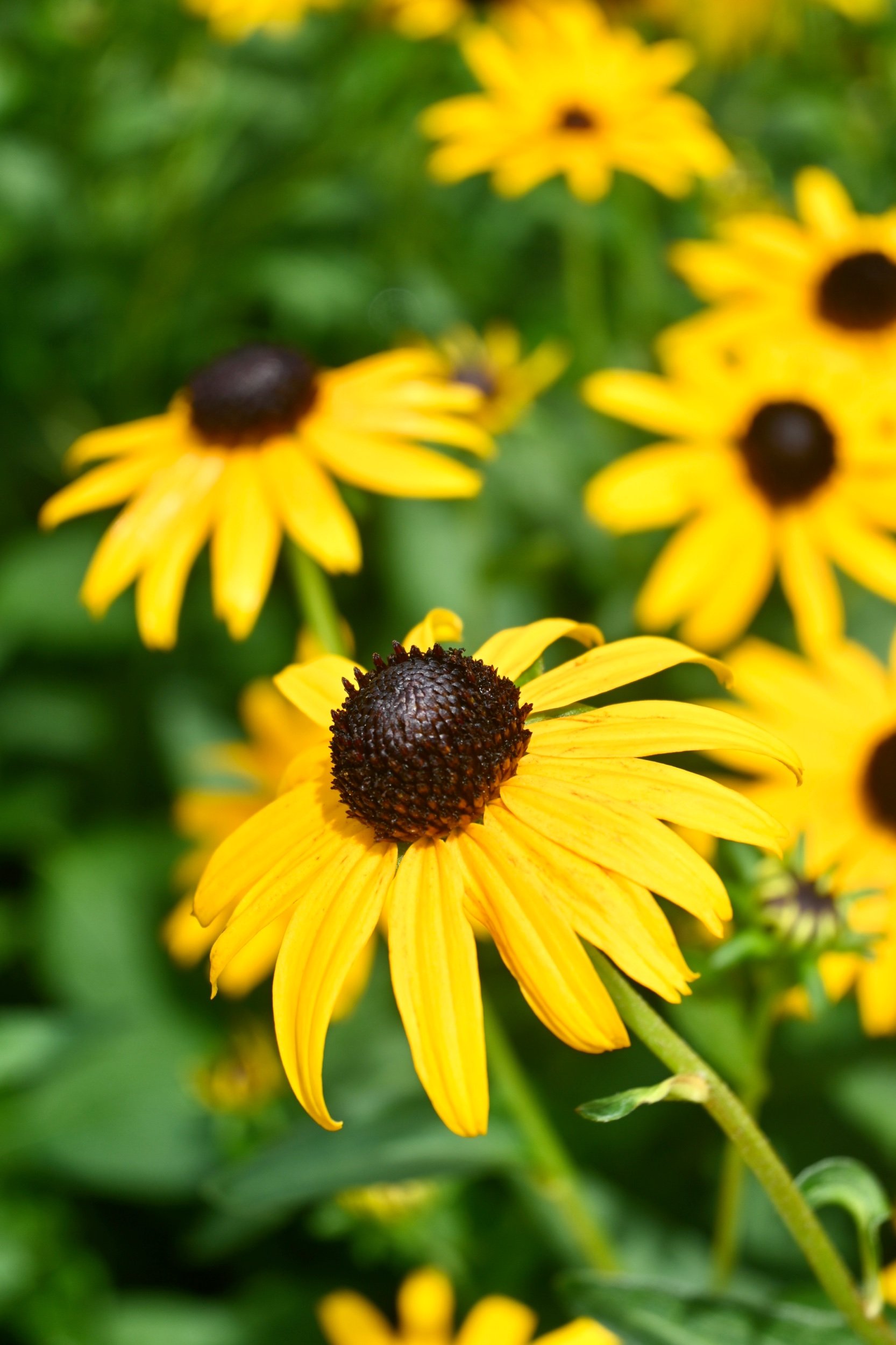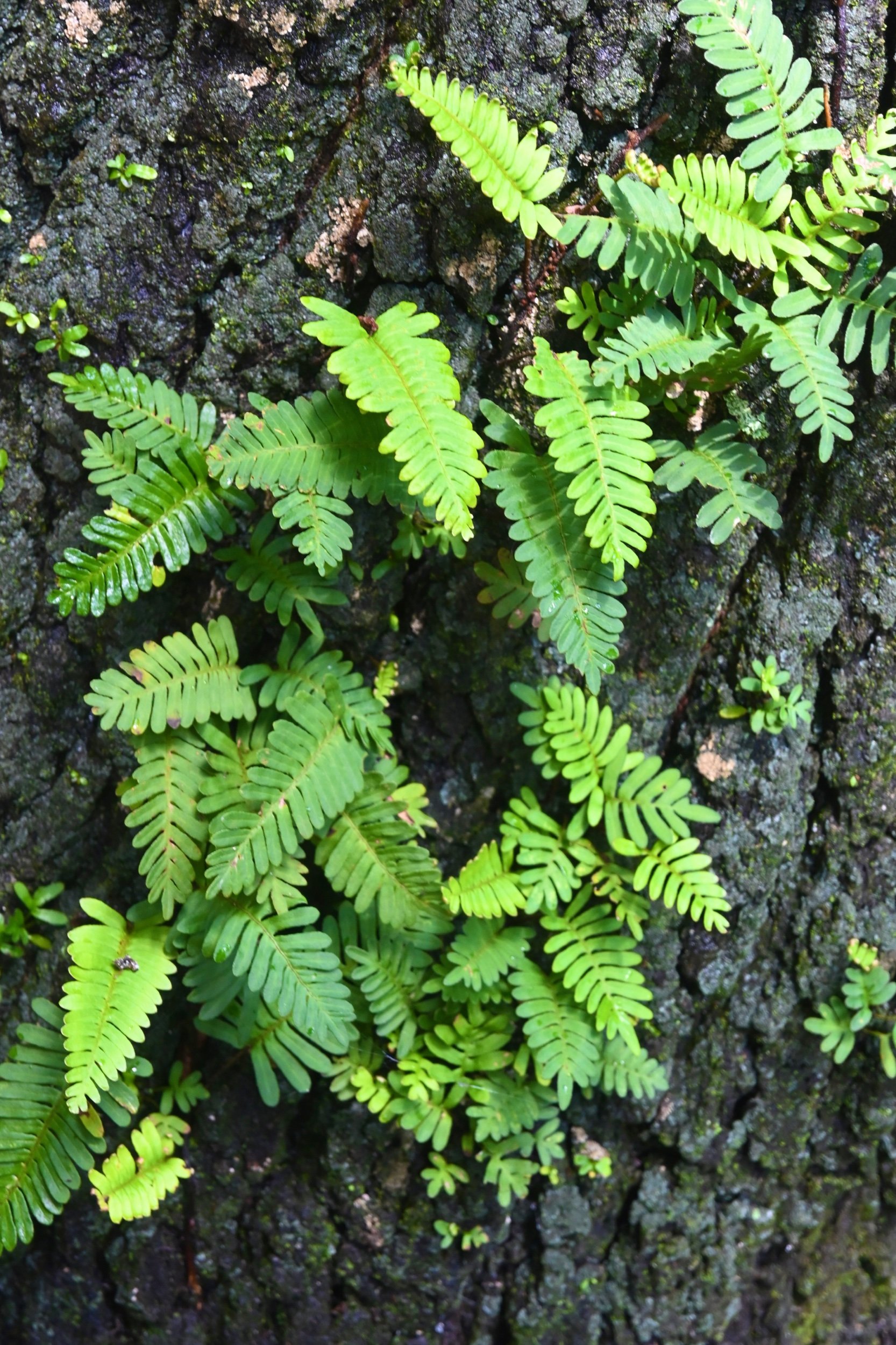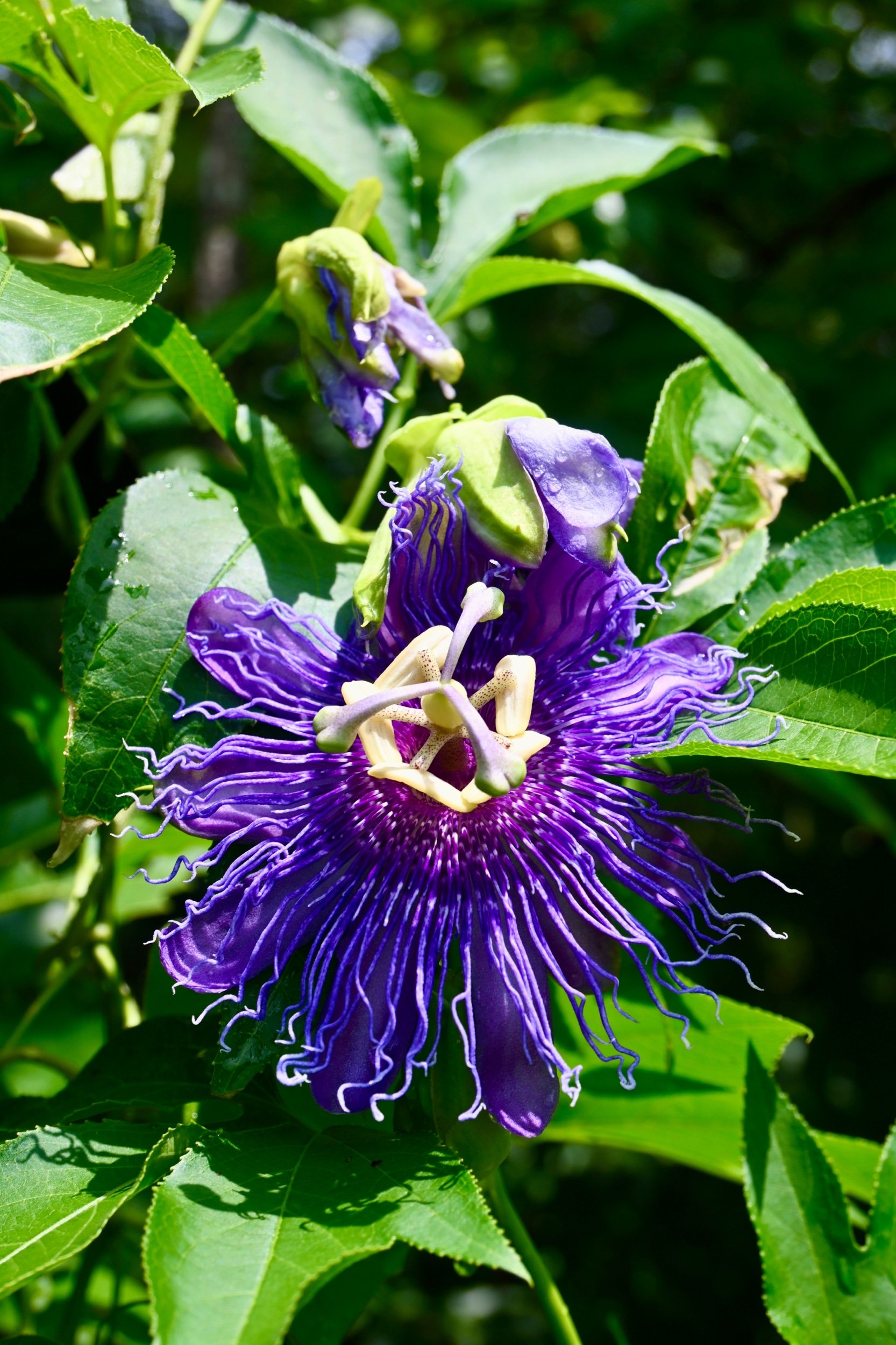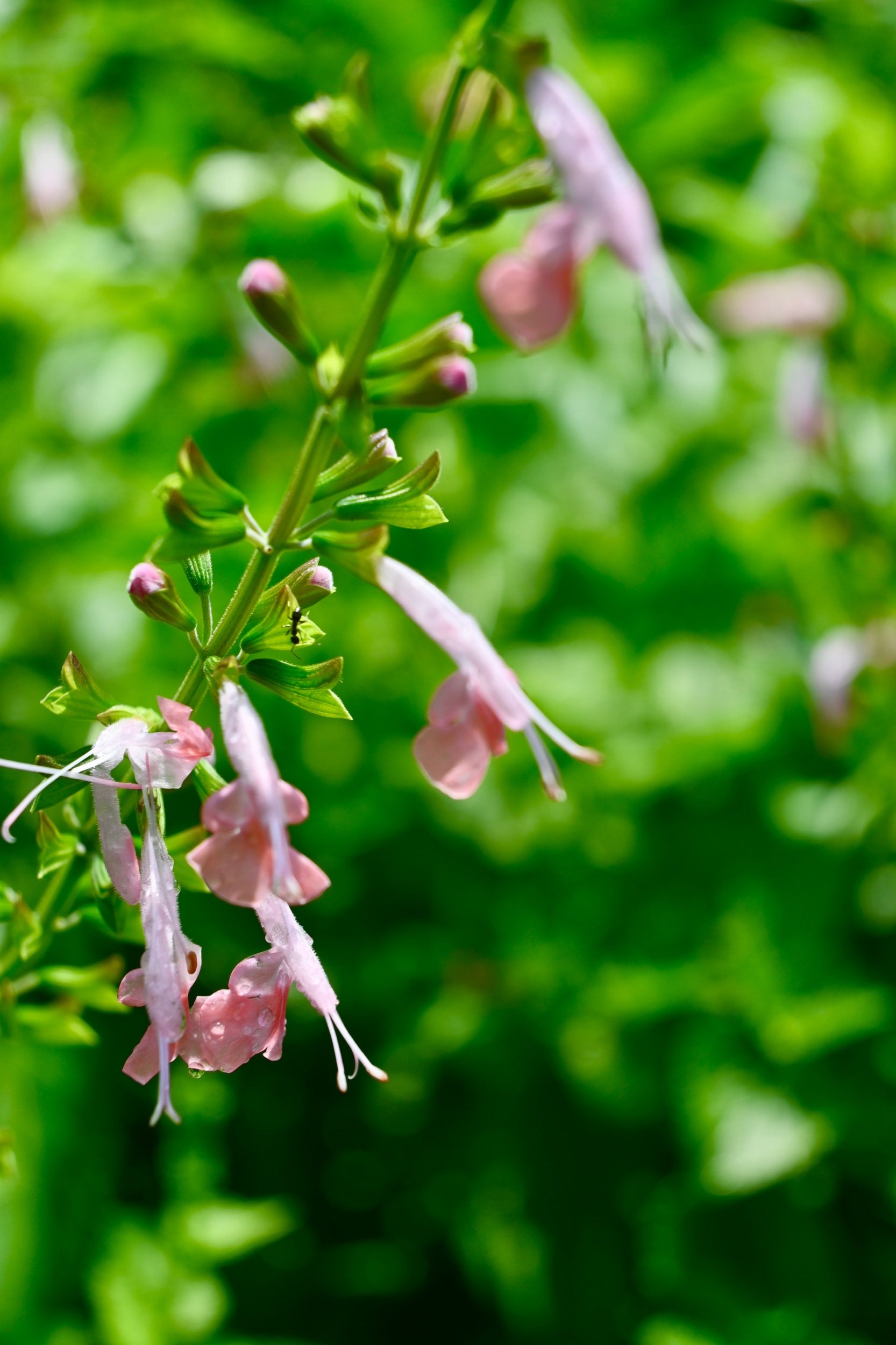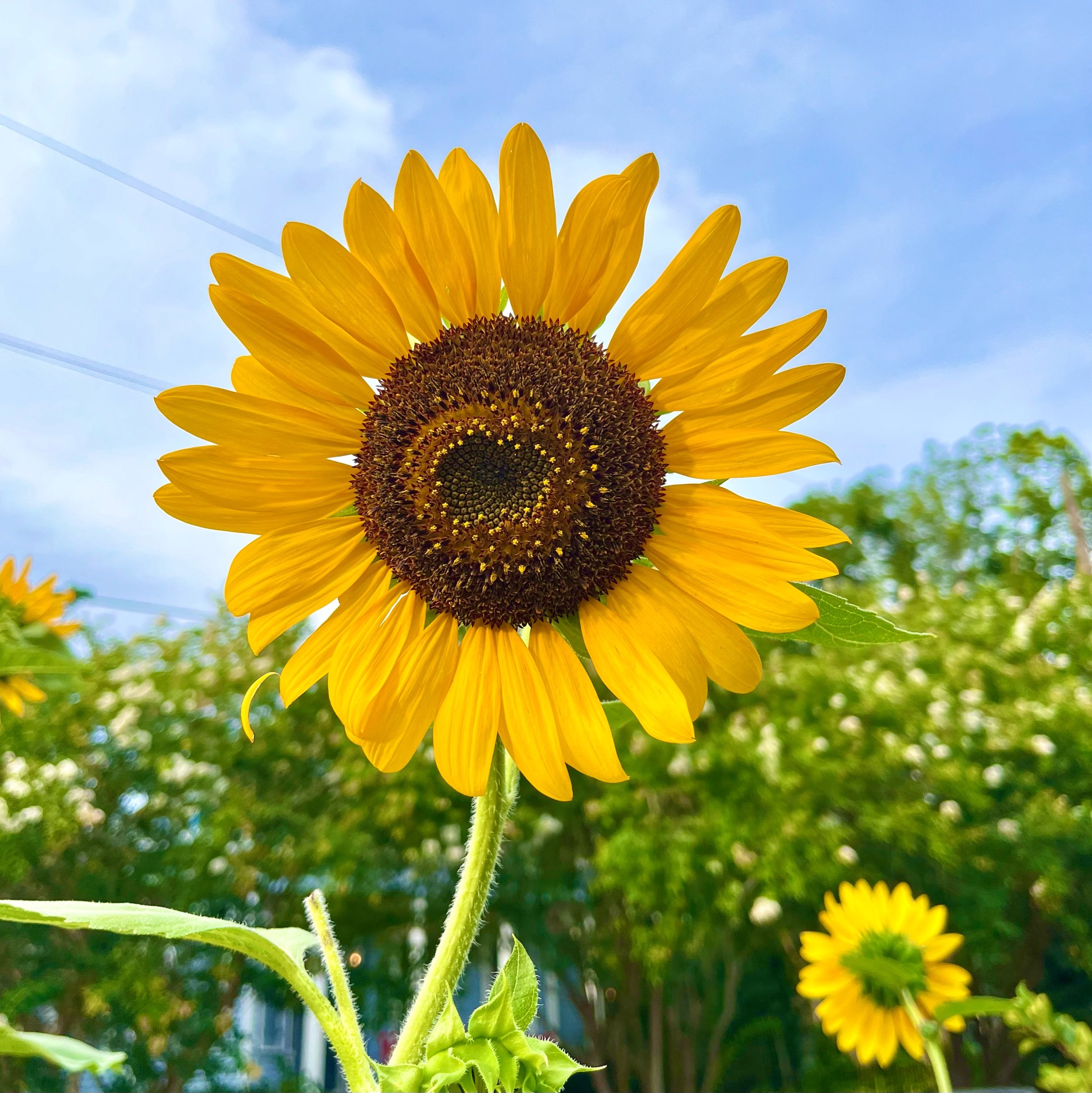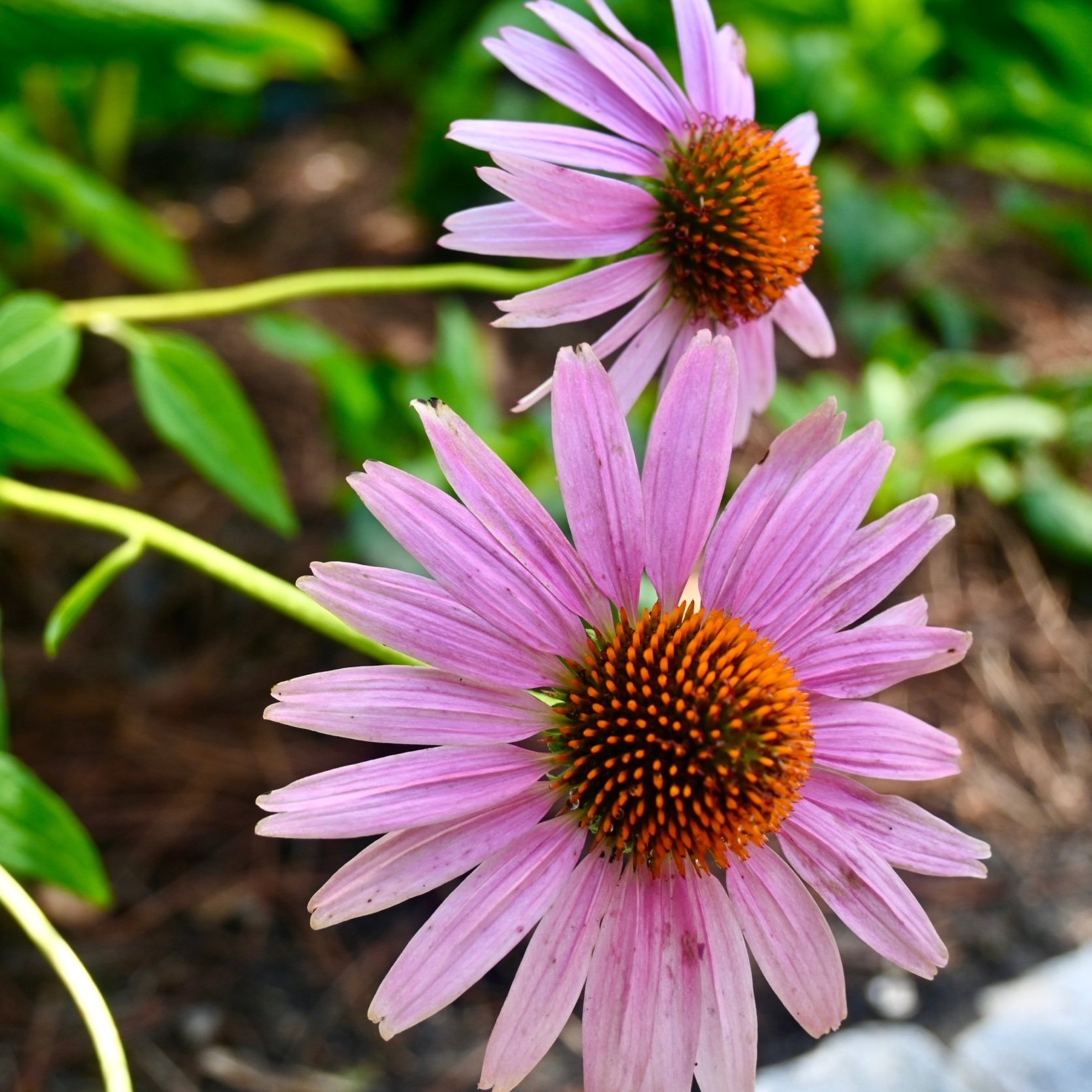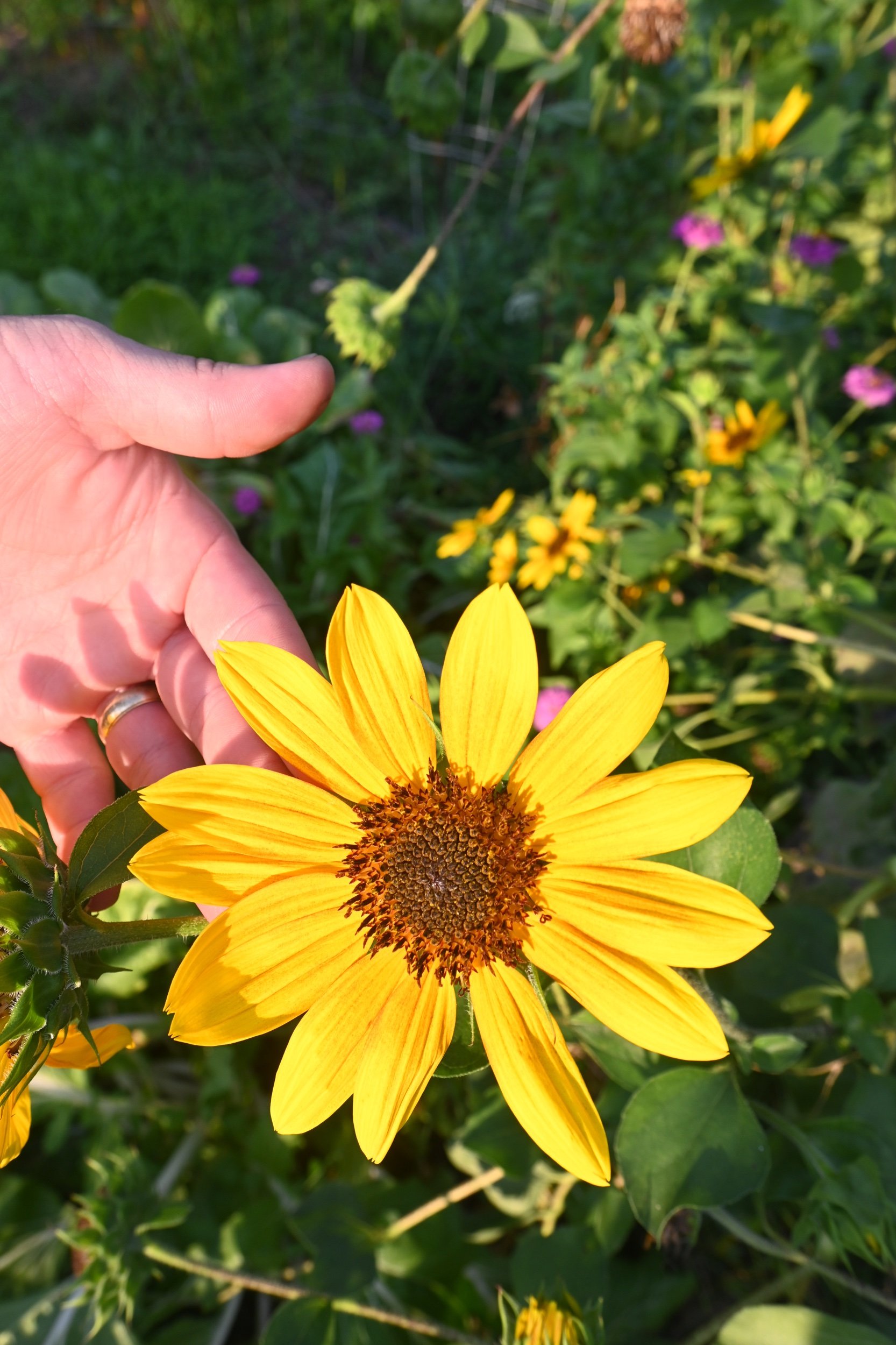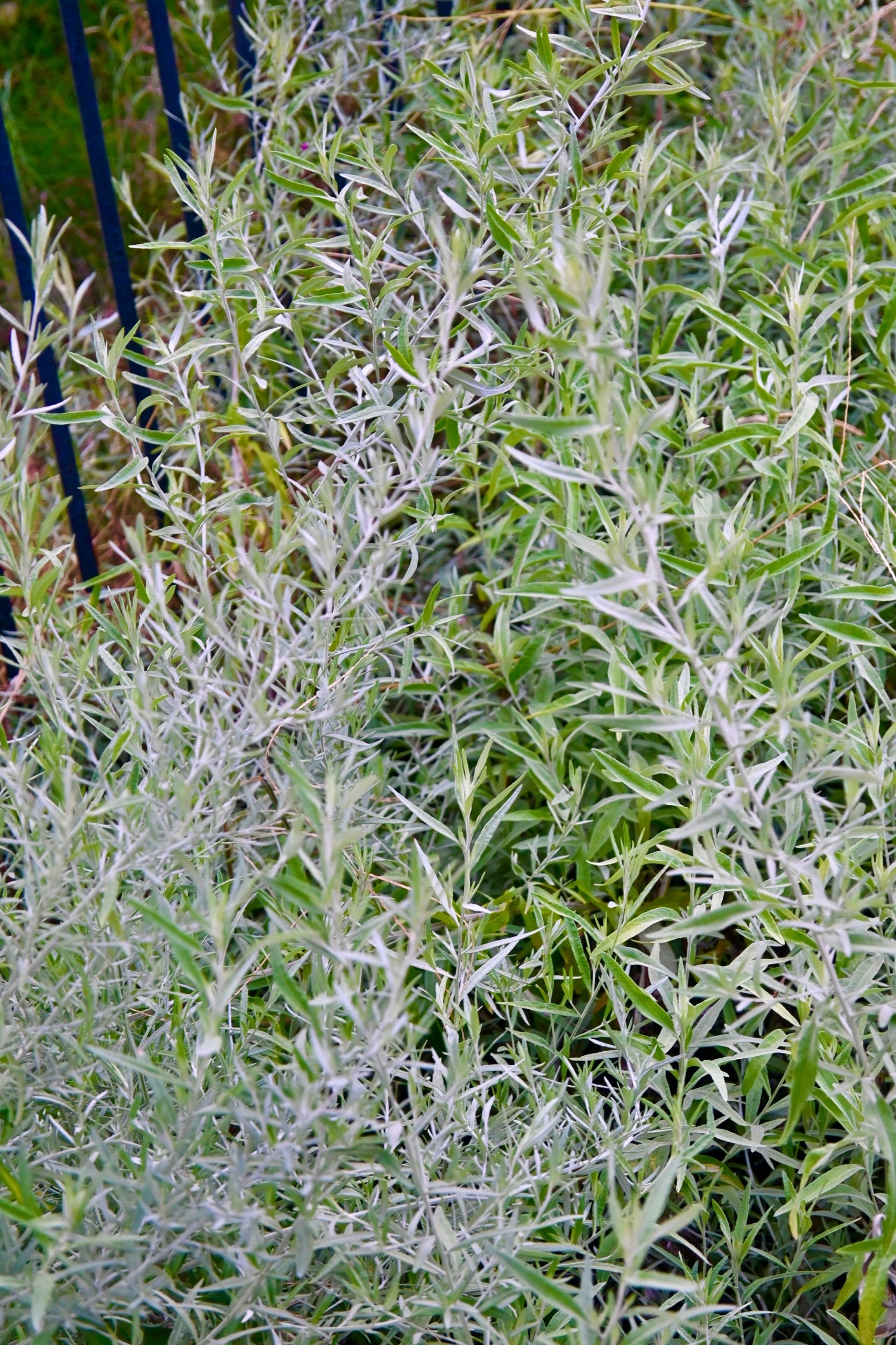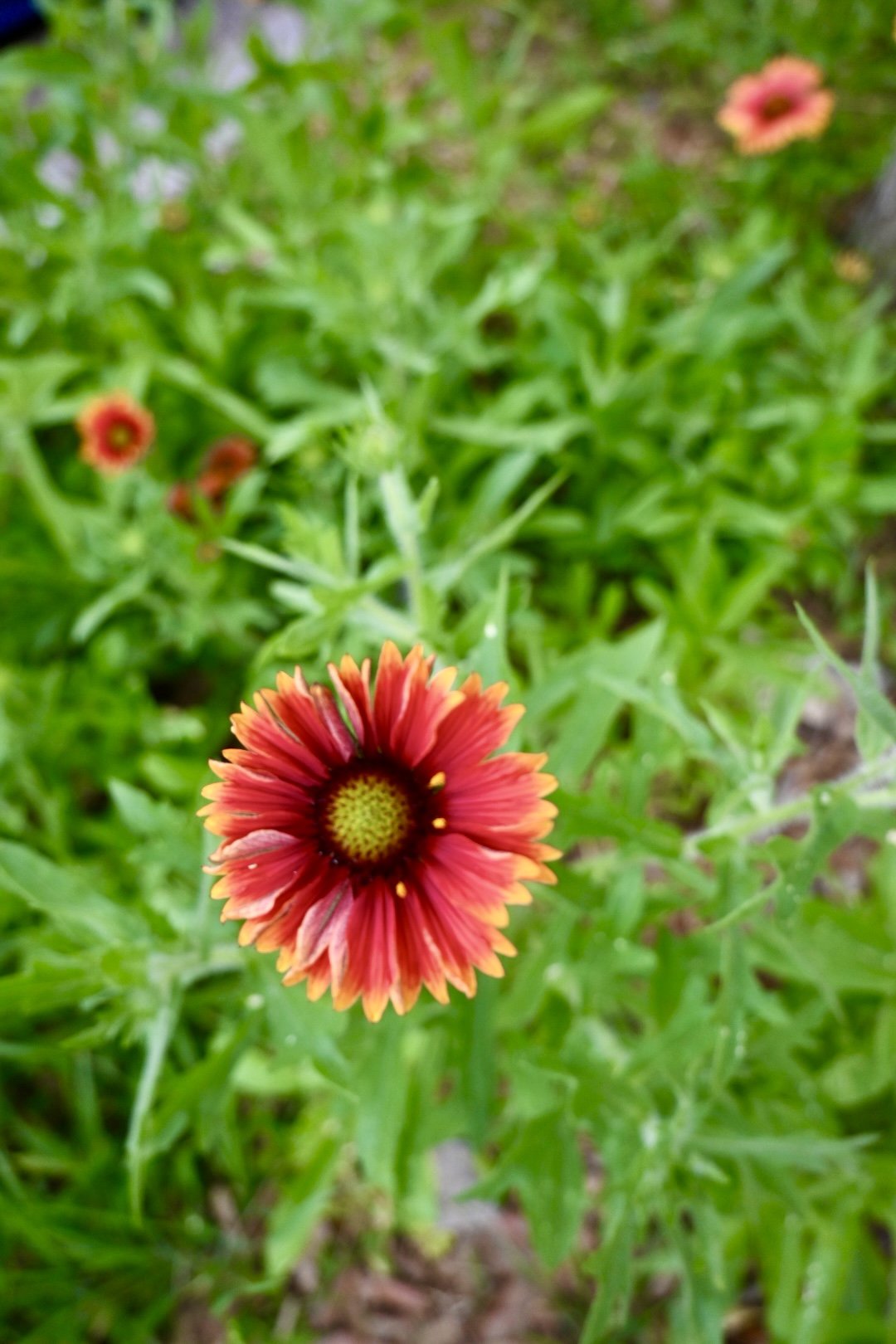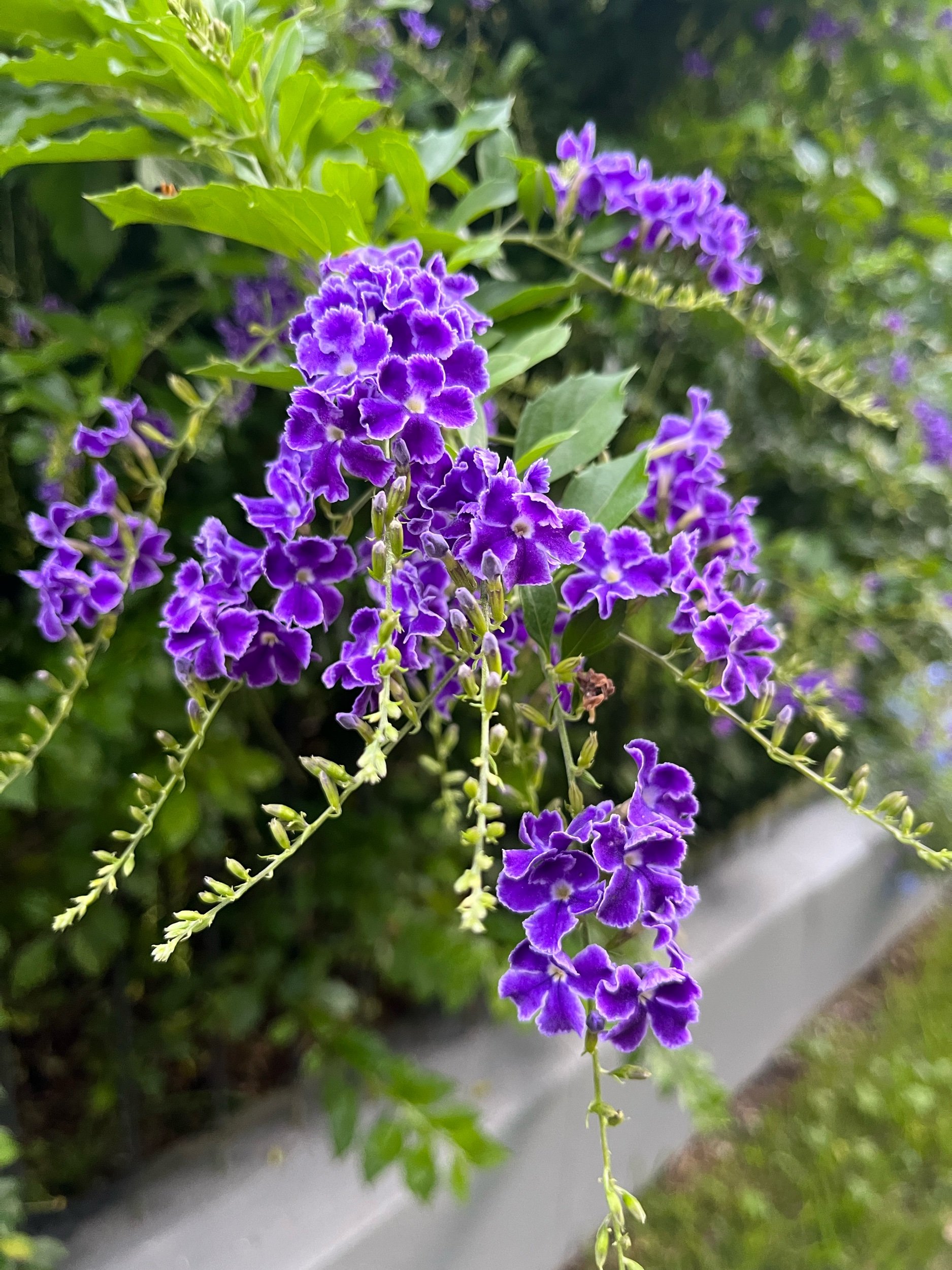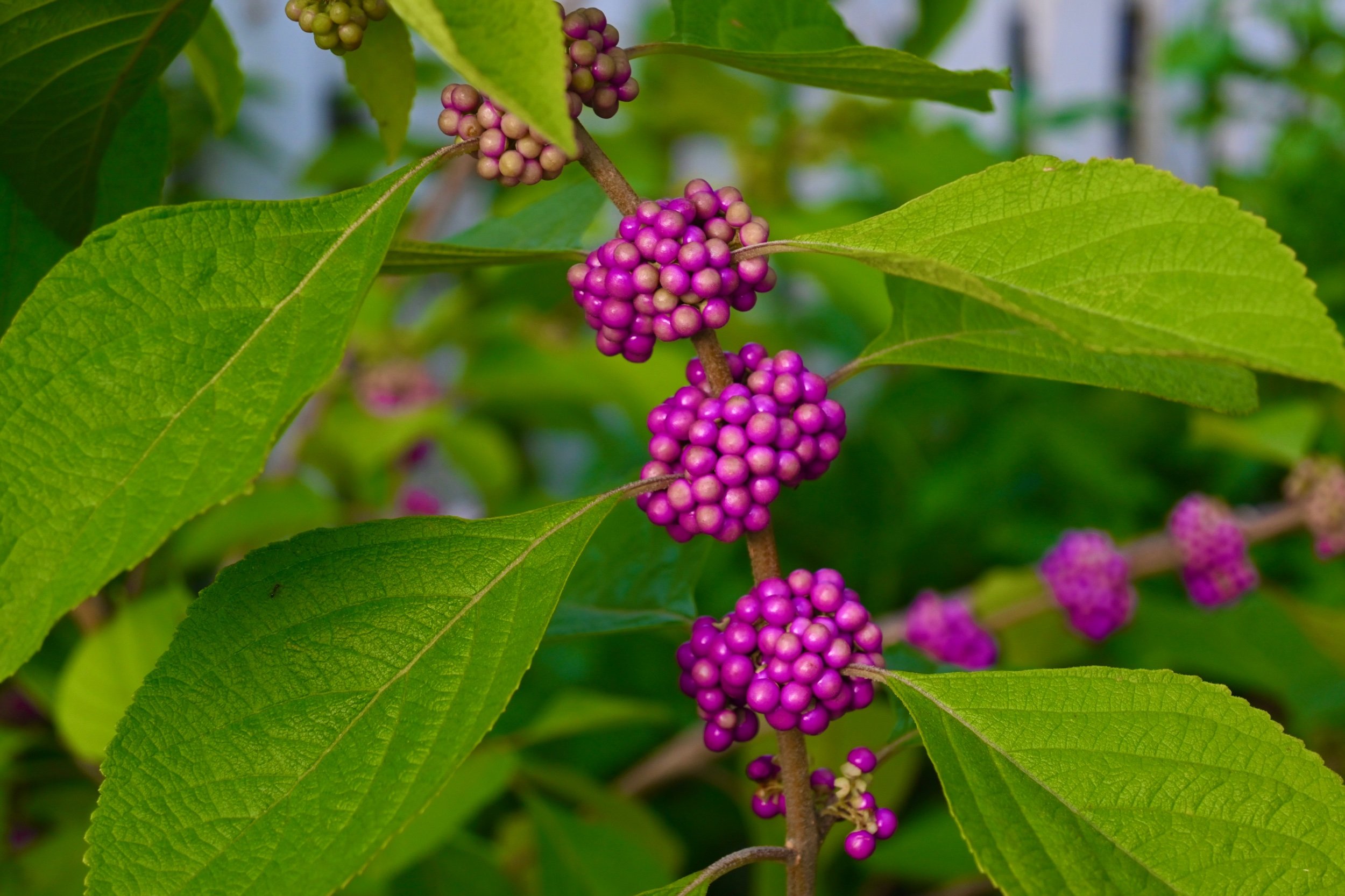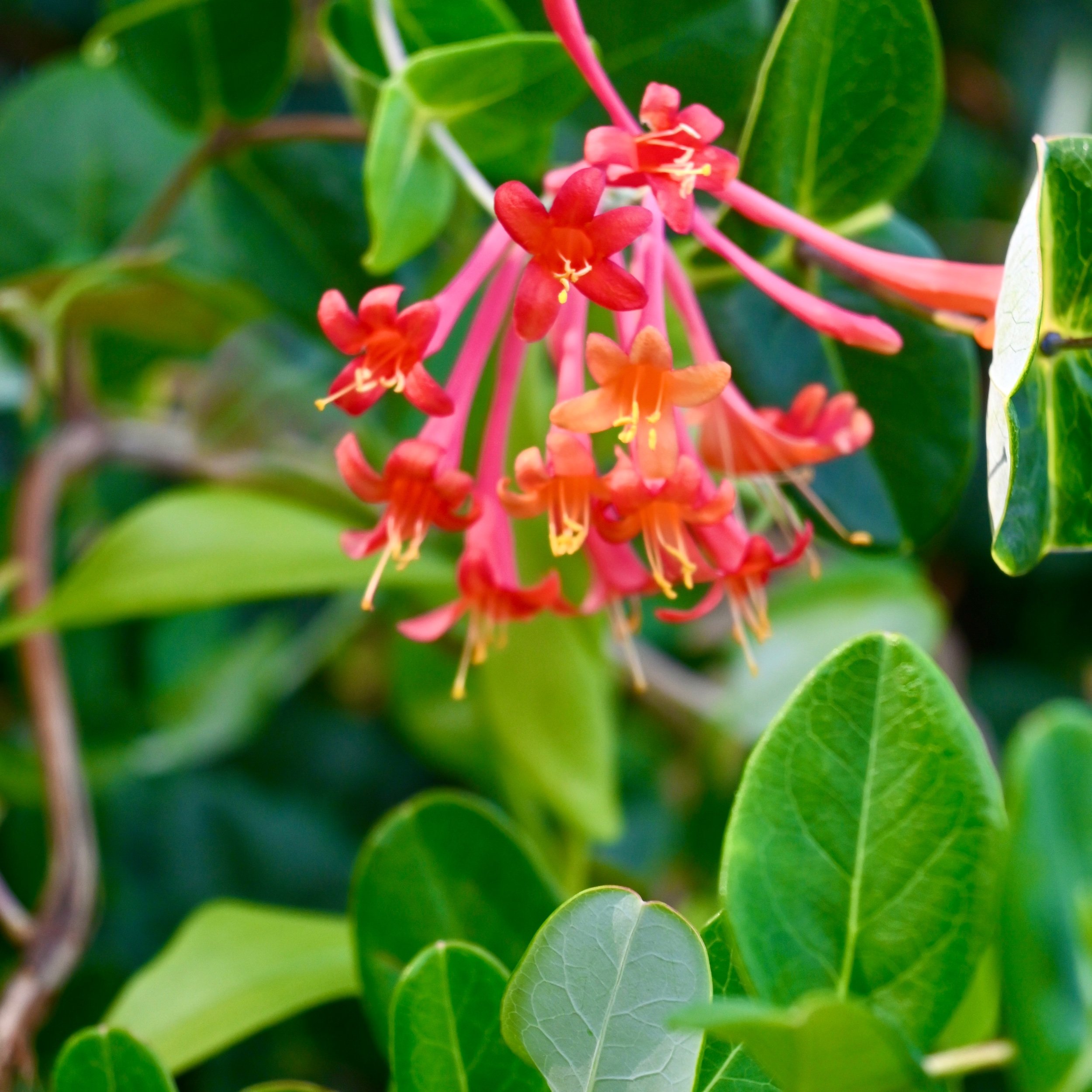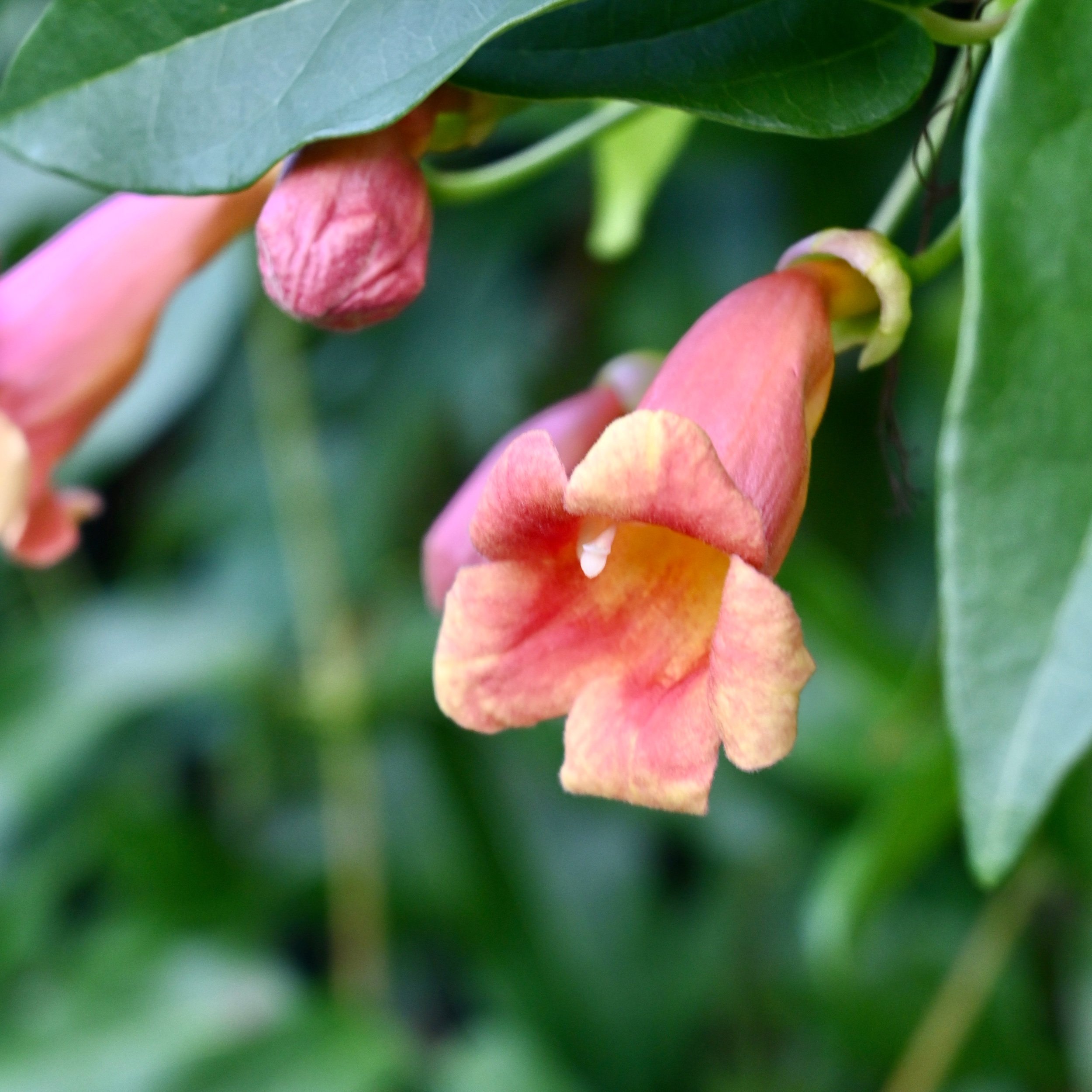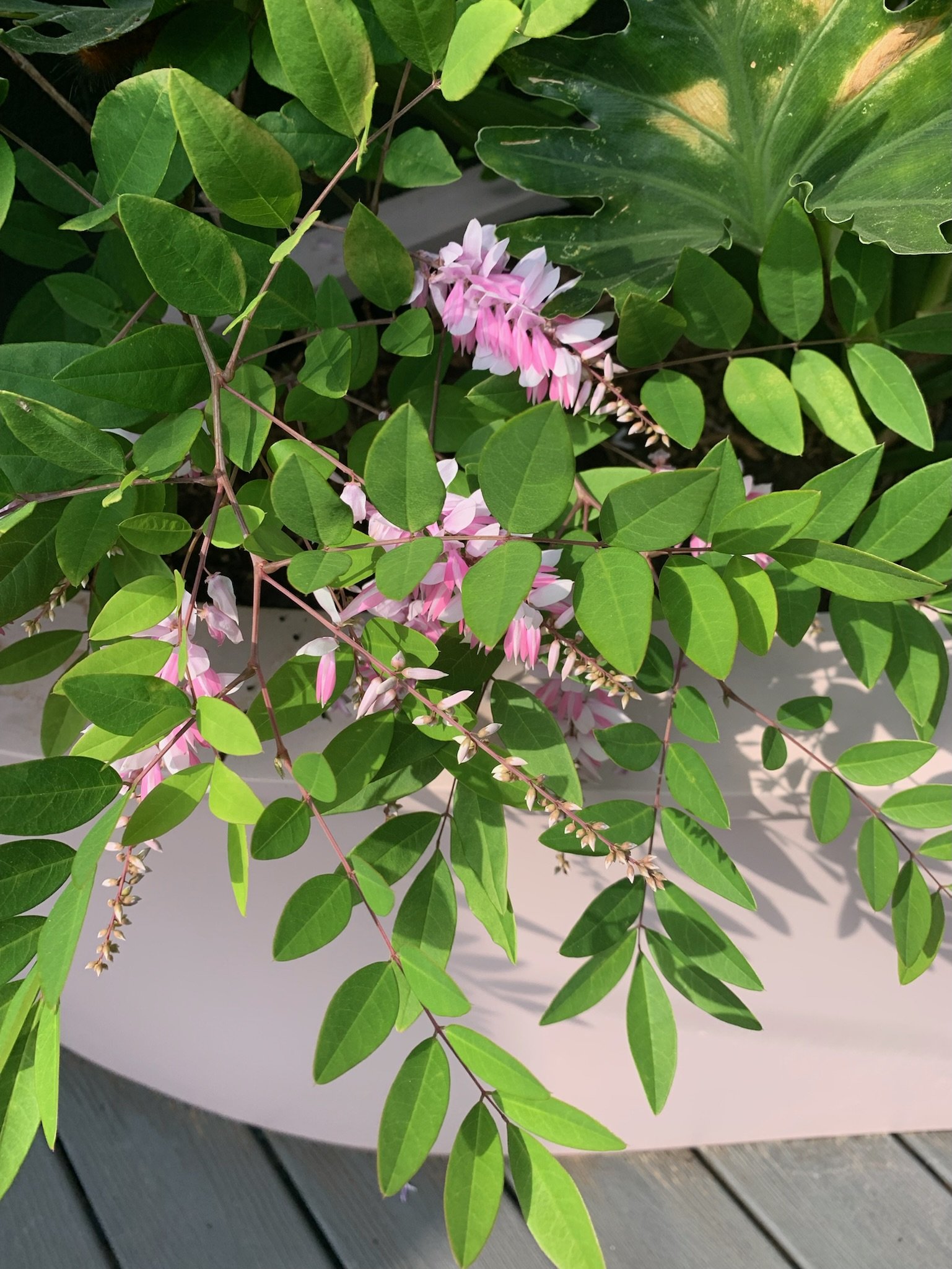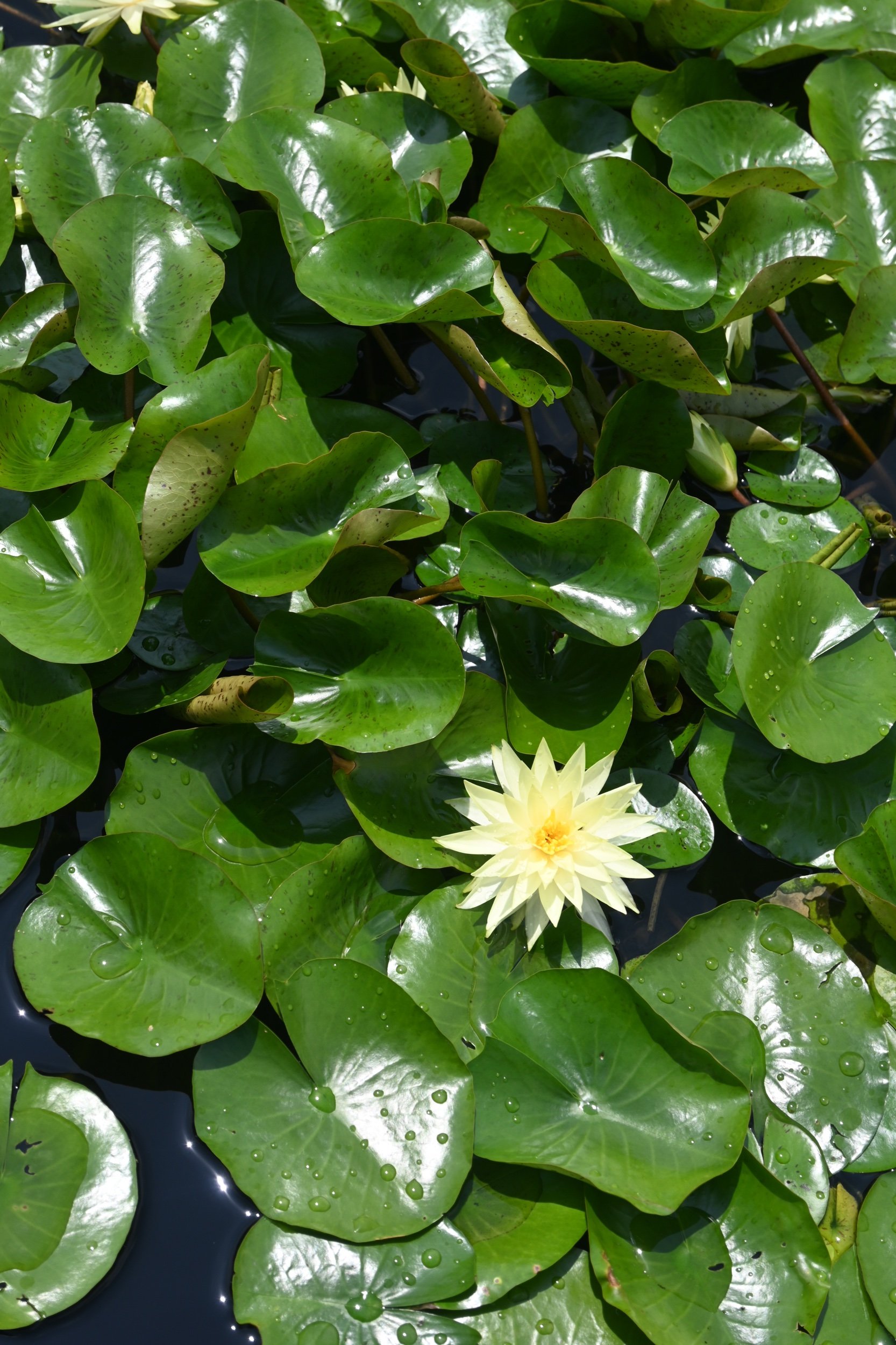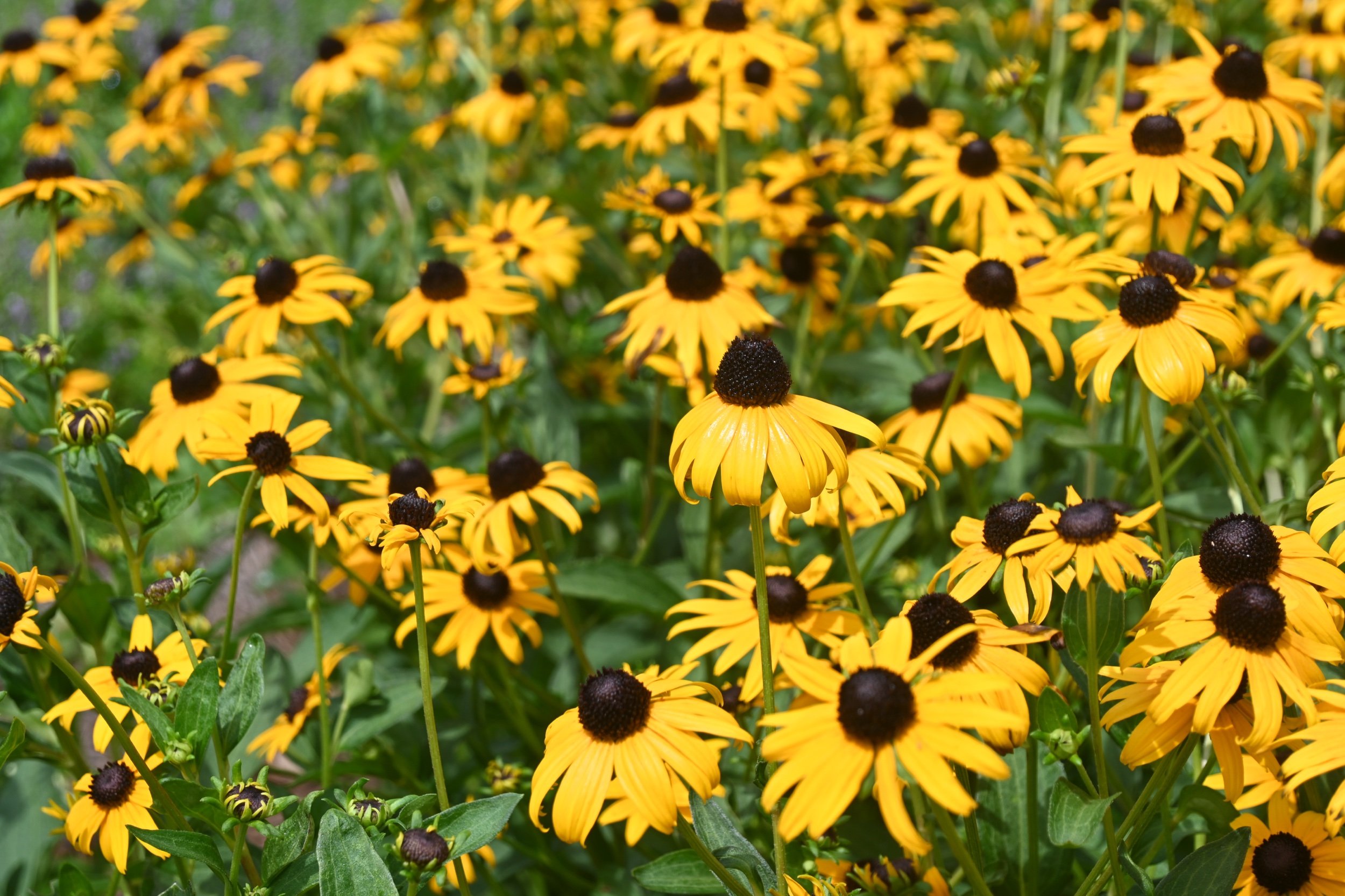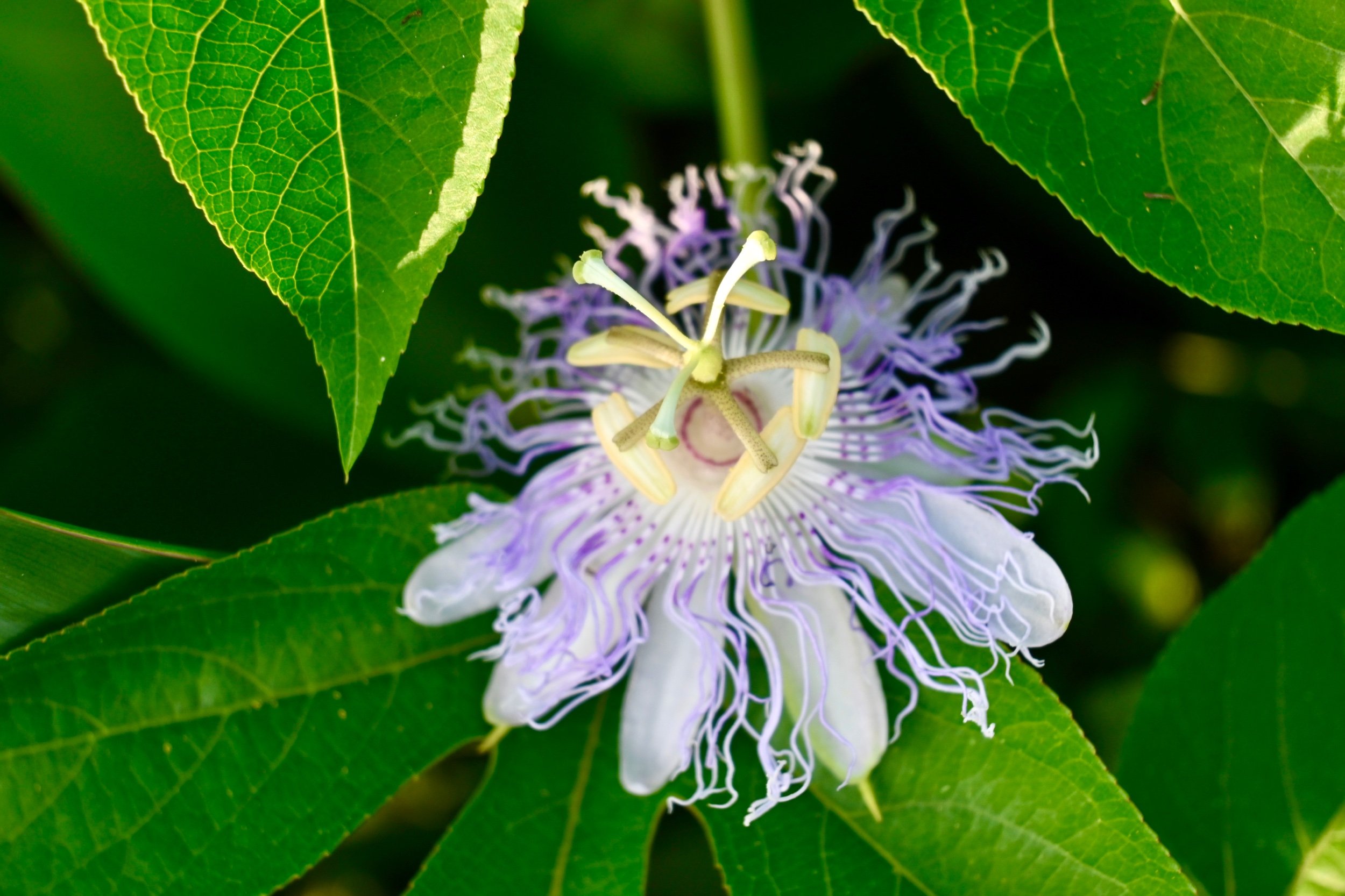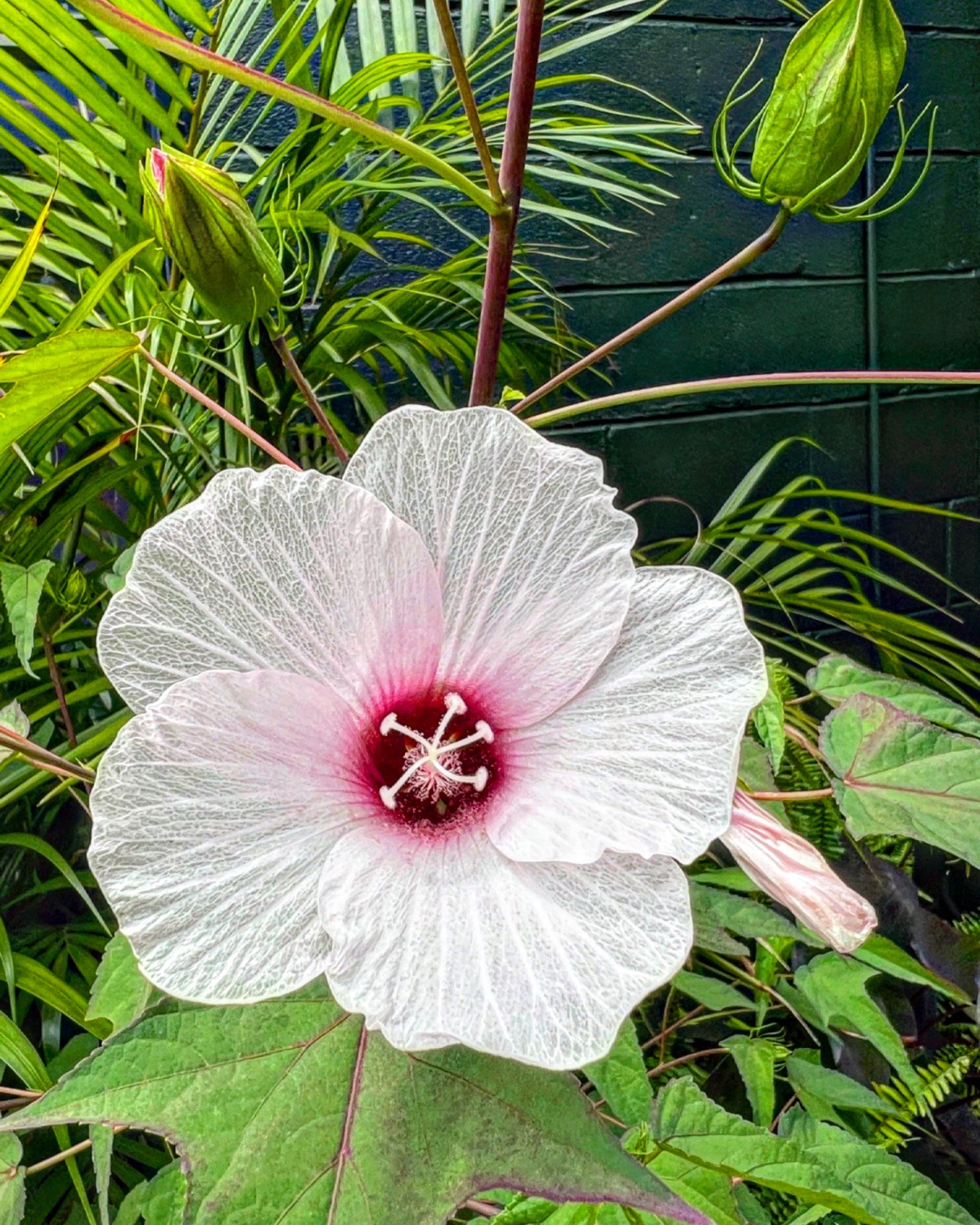The Benefits of Native Plants
Embrace nature's gift: the wonders of native gardening
Native plant: A plant that has occurred naturally in a particular region, ecosystem, or habitat without human introduction.
In the natural bounty of the local climate and soil, native plants bloom with an enchanting allure that beckons butterflies, insects, birds, and wildlife. These treasured botanical gems not only grace our landscapes with beauty but also play a pivotal role in sustaining ecosystems. Let's delve into the benefits of embracing native plants and witness how they transform our surroundings into a thriving haven.
1. Nourishment for Wildlife
Native plant species have evolved over time to perfectly align with their surroundings, providing a bountiful feast of nectar, pollen, and seeds for local butterflies, insects, and animals. Their presence serves as a natural buffet, also providing homes and habitats for these creatures, sustaining wildlife and fostering a harmonious coexistence. This encourages biodiversity and helps support pollinators.
2. Reduced Chemical Use
With native plants, the need for chemical fertilizers and pesticides diminishes, as these remarkable flora have developed their defenses against pests and diseases. Their ability to thrive without extensive human intervention is a testament to their resilience and adaptability.
3. Erosion Control, Flood Mitigation and Water Conservation
In regions where water conservation is paramount, native plants emerge as champions. Their deep-rooted systems not only bolster the soil's water storage capacity but also act as natural barriers against erosion. By reducing water runoff, they play a crucial role in mitigating flooding and safeguarding the delicate balance of local ecosystems. Native plants typically require less water than non-native species, helping to conserve water resources and reduce the need for irrigation.
4. Air Pollution Reduction
In a world grappling with air pollution, native plants offer a breath of fresh air, quite literally. Requiring no mowing like conventional lawns, they allow us to escape the carbon-emitting shackles of fossil fuels. By sequestering carbon from the atmosphere, these botanical wonders become valuable allies in the fight against global warming.
5. Soil Health Improvement
Native plants contribute to improved soil health through their root systems, which help with nutrient cycling and soil structure. Native plant roots can grow up to 10 to 15 feet deep depending on the species. Their roots break up heavy clay soils and allow water to thoroughly permeate the soil profile.
6. Naturally healthier plants
Native plants are stronger and healthier than their ornamental counterparts. They have adapted over thousands of years to their specific areas, making them hardy and resilient. These plants grow in harmony with their environment, including the soil, water supply, weather, and other native plants. Their deep root systems, up to 15 feet in some cases, are well-suited to the local soil and average precipitation, whether it's clay or sand, and high or low rainfall. They can handle tough conditions like intense sunlight or strong winds if that's what the local environment demands. Additionally, they are integral parts of larger natural ecosystems.
7. Low maintenance, low cost
The long-term upkeep of native plants can be significantly less costly than a traditional lawn consisting of turf grass, and also requires much less time and attention. As mentioned previously, there are no fertilizer, pest control, mowing or irrigation needs, and the plants are innately healthier because they are evolved to the local environment. The EPA cites a study estimating that over a 20-year period, the cumulative cost of maintaining a prairie or a wetland totals $3,000 per acre versus $20,000 per acre for non-native turf grasses.
8. Preserving Natural Heritage
Embracing native plants signifies more than just cultivating a vibrant garden; it becomes an act of stewardship for our natural heritage. By cultivating and conserving native plants, we protect and preserve the unique and diverse flora of a region, ensuring its continuity for future generations.
9. Educational Opportunities
Cultivating native plants provides valuable educational opportunities for understanding local ecosystems and their connections to wildlife. Native plants are the ecological basis upon which life depends, including pollinators, birds and people. Without them and the insects that co-evolved with them, local wildlife cannot survive. When people are able to experience the beauty and wonder of native gardens, a sense of awe and intrigue serves as an educational opportunity for current generations and the generations of the future to know how to grow with the land, and support the ecosystems of Earth.
Our local region has a wonderful program through the Louisiana Native Plant Society encouraging people to plant native gardens, and then designate their garden as a “Louisiana Certified Habitat”. We encourage all our Louisiana clients, friends and colleagues to check it out! …for those not from Louisiana, seek out the Native Plant Society in your region!
10. Scenic Beauty and Sense of Place
There's a timeless charm in the beauty of native plants, redefining elegance in our landscapes. Their captivating colors, shapes, and textures create a living tapestry. Knowing the plants growing in a location are evolved to harmonize with that land adds another dimension of beauty in that you can see and feel you are truly in a unique place in the world.
The power of native plants lies in their innate connection to the land, a connection that echoes through the ages. By appreciating their strength and resilience, we cultivate landscapes that thrive in sync with nature's rhythm.
Embrace the essence of native landscaping, and embark on a journey toward a flourishing and sustainable future!
Some Louisiana Natives
This is just a small peak into the vast and beautiful world of Louisiana Native Plants. See our extensive visual guide with the botanical names of each plant on our Louisiana Native Plant blog post.
If you don’t live in Louisiana, we encourage you to seek out native plant lists through your local native plant society!

